Fergus Hambleton | Interview | “I enjoyed a lot of the more far out aspects of psychedelic music in the 60s”
Fergus Hambleton is a singer/songwriter, composer and multi-instrumentalist that has been active in the music scene for over five decades now.
Originally coming from Toronto, Canada, he has been prominent in the folk, pop and reggae fields. It all started for him being in the Toronto band A Passing Fancy, a popular Yorkville group. In 1971 he was signed to Capitol Records Canada and released two folk-rock albums, ‘All The Right Noises’ and ‘Town Of Fergus’. In the 70’s Fergus began doing sessions as a sax player with the Jamaican community in Toronto. A stint as a guitarist in Leroy Sibbles band and countless sessions led to a meeting with the legendary Jamaican musician Jo Jo Bennett. Since then, they’ve had a 40 year musical partnership that has earned them both a unique place in Canada’s rich musical tapestry as the core of the popular reggae band The Sattalites. We will discuss much more in the following interview.
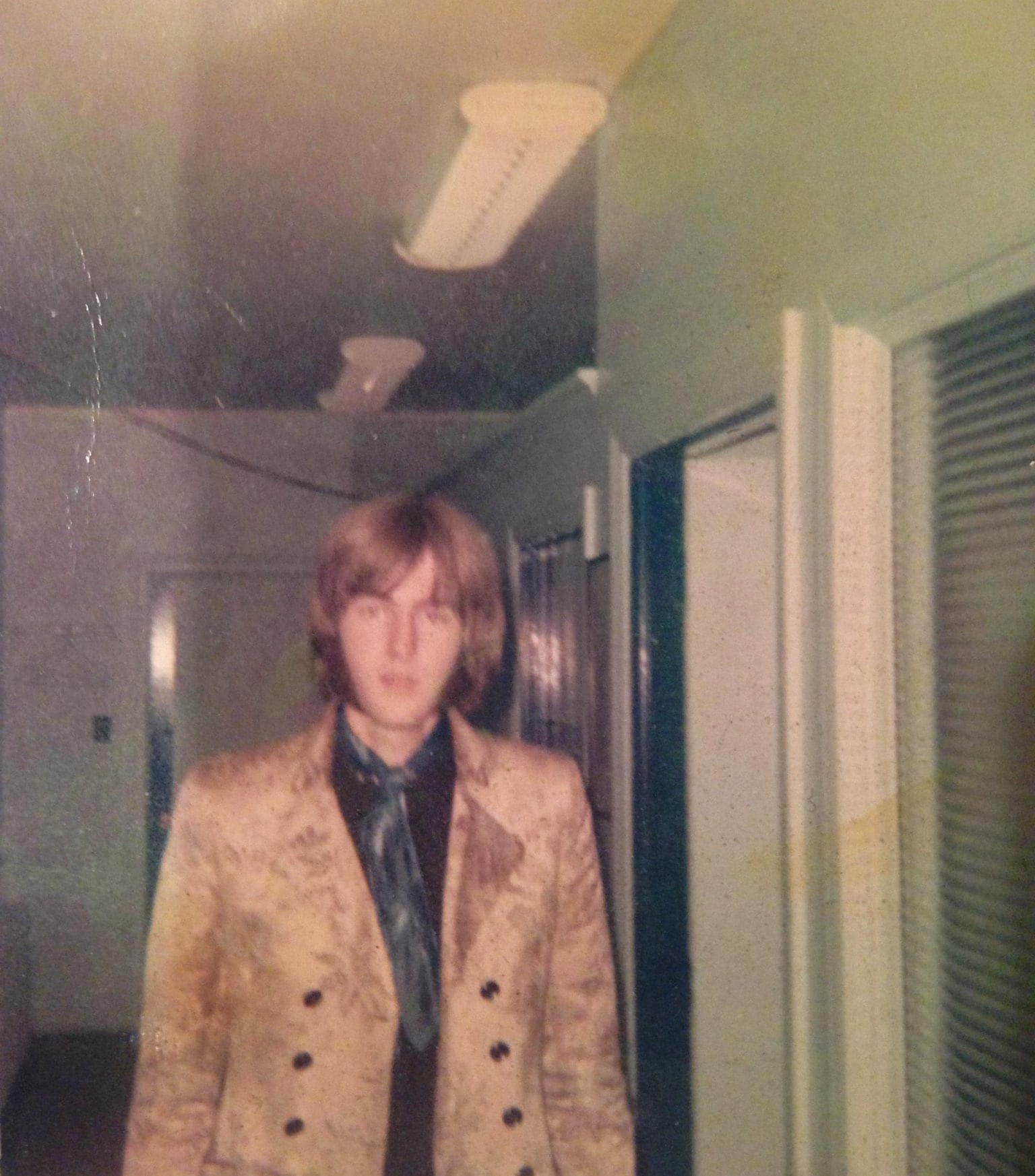
“I enjoyed a lot of the more far out aspects of psychedelic music in the 60s”
Where and when did you grow up? Was music a big part of your family life?
Fergus Hambleton: Music was definitely a big part of my life from my earliest memories. My dad was a poet, novelist, broadcaster and most importantly a music critic and a fine amateur musician. He played piano and recorder quite well…and I feel he never could decide who was the greater genius, Mozart or Fats Waller. My mum sang around the house and she knew much of the folk musical literature, I learned a lot of traditional ballads from her. We were all mad about music in the 1950s, my two older brothers had record collections and I soon followed suit. Exciting times with Elvis Presley, Fats Domino, Chuck Berry et cetera. My earliest love was harmony singing and of course the 5os had a lot of that.
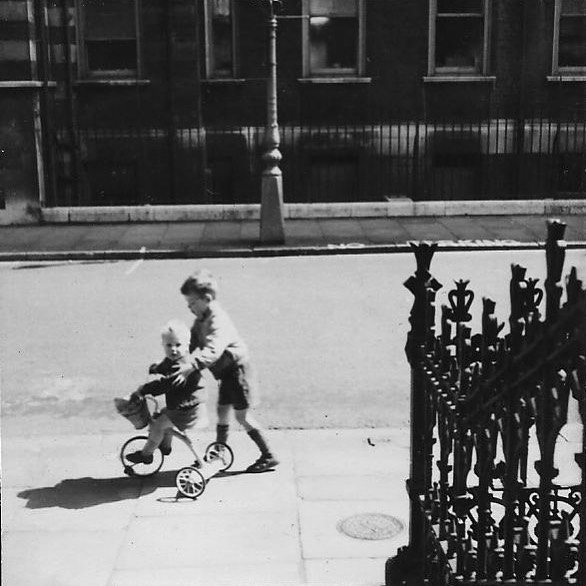
When did you begin playing music? What was your first instrument? Who were your major influences?
I think it has always been there with me, before I really understood that there was such a thing as a career in music.
When I was roughly eight, I was crazy for all the pop music on the radio, but also we were exposed to Broadway shows, classical music, concert bands, jazz…it was all on the radio. From 8 until 12 I lived in Oakville, in those days a small town 45 minutes from Toronto. The furniture store had a record department in the basement with those listening booths we would all cram into. The new records came every week on Friday night and on Saturday morning we would hang out in the store and beg Mrs Lofquist to play the latest by Elvis Presley, or Buddy Holly… I studied those record labels, noting who wrote the songs, the labels, the time…everything. I created my own hit parade with songs I wrote myself (although I suspect they were mostly copies of the songs I loved). At this point I couldn’t actually play any instrument, I just loved to sing. When we moved to Toronto I was suddenly at a big high school with an actual music program. Not only that I was in a city with a lively music scene…in every genre. We were able to hear the latest local rock /folk bands in the Village, the world’s best jazz musicians played regularly on Yonge Street and there was an incredible rhythm and blues scene. You could get rush seats and sit upstairs at Massey Hall for $2.00 and hear the symphony and many famous international artists. I was literally influenced by all of it. The high school let me develop into a reasonably good clarinettist, and at night I would go to the clubs to hear the local musicians. Add into this, the radio played a wide variety of music because the Hit Parade was so diverse. I loved The Beatles and all those other great bands but I was also listening to Benny Goodman, Fats Waller and a lot of classical music.
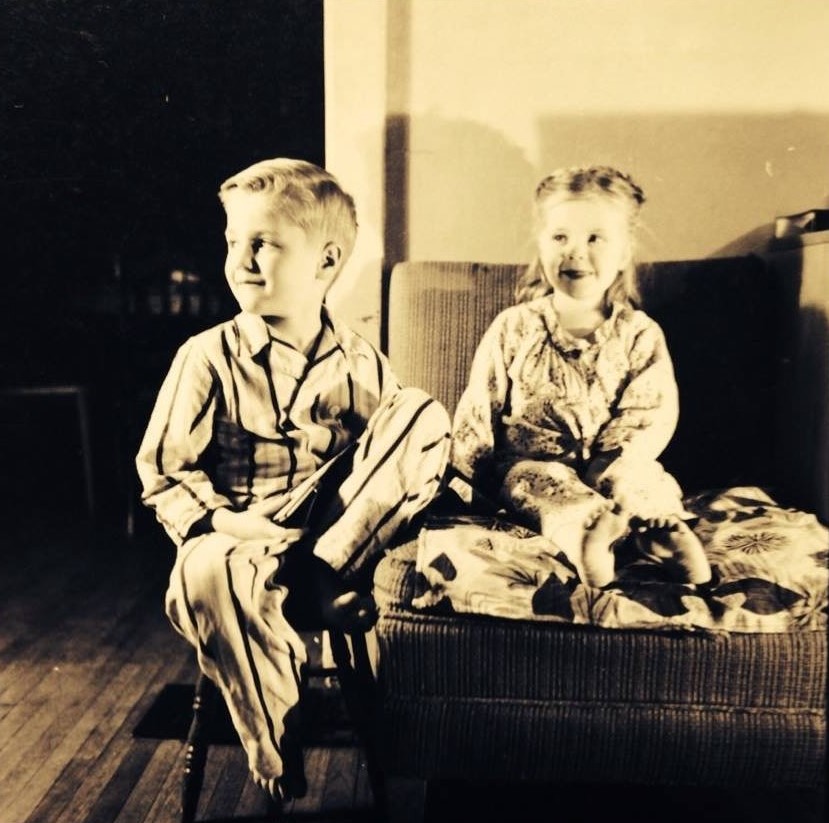
What was the scene in Toronto like for a guy interested in rock music?
When I was a teenager in the sixties there was a lot of music and I lived right downtown so a lot of it was in my neighbourhood. There were a number of excellent local rock bands… The Ugly Ducklings, The Paupers, Stych in Tyme, The Last Words, Luke and the Apostles, The Sparrow and a fantastic r’n’b scene…The Mandala, Jon and Lee and the Checkmates, The Majestics and some great solo singers… Jackie Shane, Shirley Matthews…it was a very lively scene. Most of these bands recorded something and some got a fair bit of local radio airplay. A few were signed to majors and managed US releases.
How did you join A Passing Fancy?
There was a bookstore near my house called The Rendezvous Bookstore. The owner was an eccentric chain smoking older man and his young assistant persuaded him to stock 45s by local bands. That’s where I bought a lot of Canadian singles and they also managed A Passing Fancy. I had already seen the band at a club called The El Patio and really loved the songs and their live performances. They were a pretty big deal and played regularly all across the province. They formed at Downsview Collegiate in Toronto and had a devoted fan base. One day I was hanging out in the store and they asked me if I could play organ. I couldn’t but I said yes so they asked if I would audition because the keyboard player had left. The main songwriter in the band was Jay Telfer, he basically knew all the parts the musicians would play and he was able to teach me all the organ parts, some of them one figured. I quickly learned the repertoire and joined the band the next week for a gig. I didn’t realize at the time that there was friction in the band and after a couple more gigs everyone quit. The management had a lot of gigs lined up and they asked me if I would play them with some other musicians. I was a bit confused by this but decided to carry on even though Jay, who was the main creative force, would not be there. We ended up forming a tight little band and played the gigs that had been lined up, which included a trip to Newfoundland and some recording sessions. We recorded a few new songs as the management decided to put out an LP with a local promoter. The album came with a suitably psychedelic cover and contained the groups original songs with a few new numbers…including the first song I ever wrote ‘Under The Bridge’.
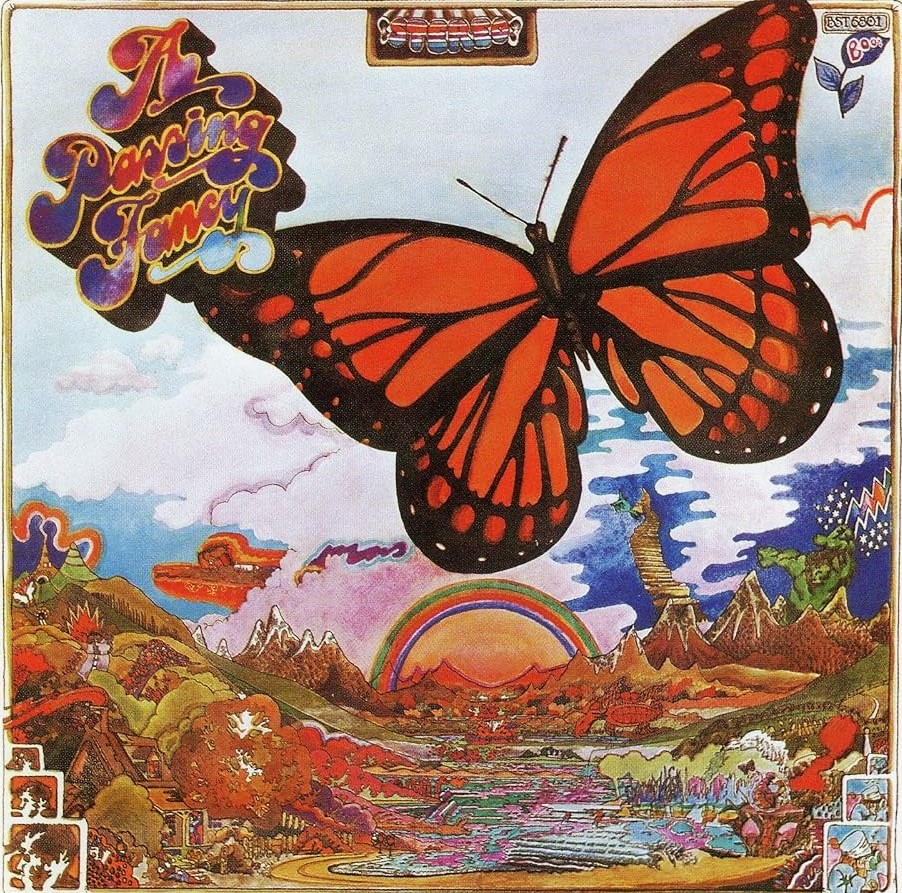
Without the original members the band couldn’t last, the fans missed the original members and there was little to distinguish us in the local scene. For me the best thing about that time is the friendships I ended up having with the original members, Rick Mann went on to play with Whisky Howl, a great Toronto blues band and the others left music to become successful in
other fields.
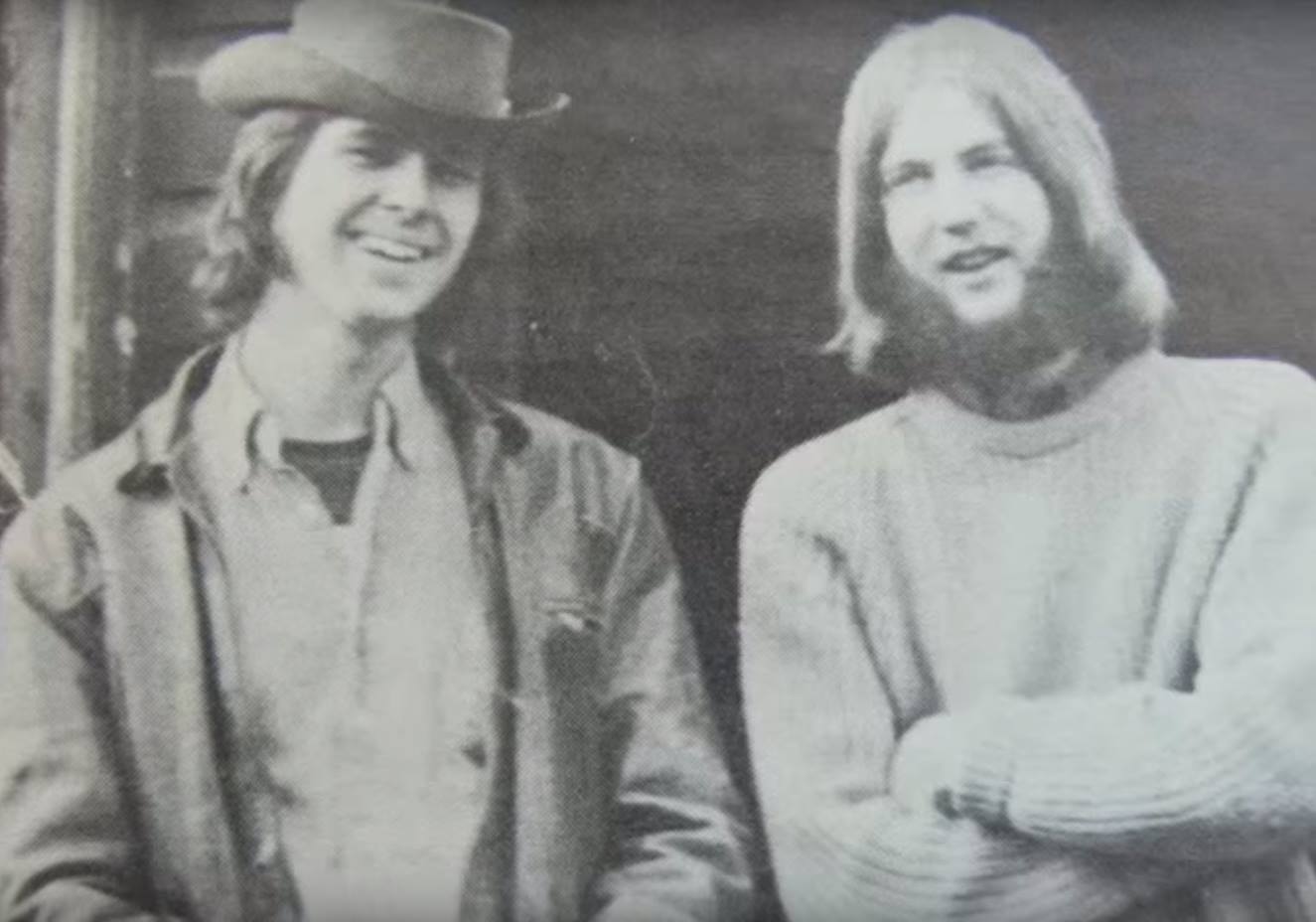
“The Toronto scene was so diverse”
What influenced the band’s sound?
The Toronto scene was so diverse. There were rock bands, art bands, cover bands, r n’ b bands, sound poets and jazzers. Most of the rock bands played some originals and some hits….Heat Wave, Gloria, The Last Time, songs by The Who, The Kinks, Buffalo Springfield…you get the idea!
What’s the story behind your debut album? Where did you record it? What kind of equipment did you use and who was the producer? How many hours did you spend in the studio?
The Passing Fancy album was put together with the Columbia singles, which were recorded before I joined the band, and some new tracks recorded with the band at Pathe studios in Toronto. It was never designed as an album, I think the management knew that the band was nearly done and wanted some product. That being said it wasn’t promoted and not many copies were made.
Were you inspired by psychoactive substances like LSD at the time of writing the album?
There was a lot of influence…not so sure about inspiration!!
Together with Jay Telfer you formed a duo called ‘Goody Two Shoes’ and recorded an album in 1969, entitled ‘Come Together’. What can you tell us about it?
Especially important was my friendship with Jay Telfer. After the group broke up for good in the fall of 1968 we became very close and ended up recording an album together for Art Snider, the owner of Sound Canada. Art gave us $50 each as Jay was the engineer in training at the studio, the deal was we just had to record one side of current chart songs and we could do whatever we liked for the other tracks. He would then put it out on his budget label Paragon. Art had a lot of labels and made a lot of records. Anyway the album was called ‘Goody Two Shoes’ and Jay played most of the instruments and engineered it. We had a ball making that record and Kevan Staples, later a co-founder of Rough Trade played some guitar.
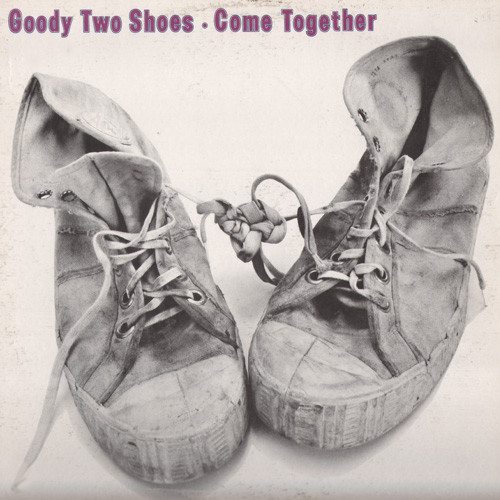
After A Passing Fancy broke up I went back to school and played in a number of pick up bands and joined a group of schoolmates called The Ginger Group. We recorded a few songs but they were never released and like many other young people at the time I went on an extended hitchhiking trip to Europe…which led into the next chapter. Ginger root demos sound great today… We were trying for a psychedelic sound with the technology we had.
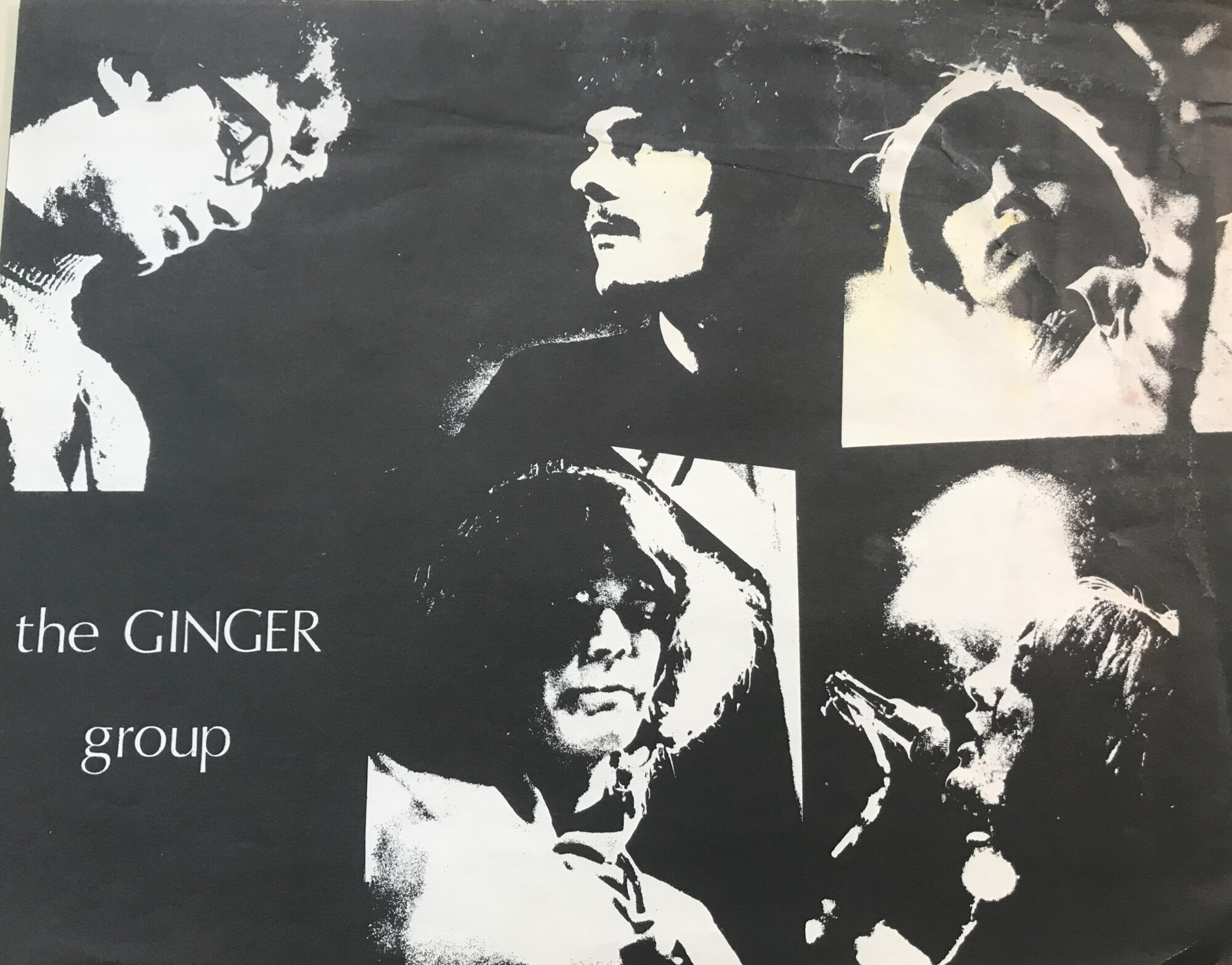
Where did you have rehearsal and what was the music making process looked like for you?
I know we rehearsed, Toronto bands were known for being tight. I was in a learning phase, trying to write my first songs and improve my playing. After I left A Passing Fancy I joined a group of schoolmates who had a band called The Ginger Group (named after a line of Mary Quant lipsticks…how sixties!). I bought a Hohner pianet and we played a few small clubs and on Toronto Island, where there was a quite bohemian community. We also had a fantastic rehearsal place, right in the centre of town, close to the Village and beside Long and Mcquade, a music store that outfitted all the new young bands. It was also across the street from The Rock Pile, Torontos’ version of The Fillmore…the hip concert hall. During this time Toronto was an awesome place for live music, in the bars on Yonge Street and in the coffee houses and clubs in Yorkville Village. I managed to see a number of great jazz artists, go to the symphony and enjoy the best rock and blues bands. There was an interesting avant-garde scene and at the University of Toronto there was a famous electronic music faculty…which is how the first Moog appeared on the Kensington Market LPs. This was also the time when Canadian artists were finally being signed and recorded locally, and Canadian radio was starting to program local groups. This was also the time of the rise of songwriters, Joni Mitchell, Neil Young and Gordon Lightfoot. The Ginger Group recorded a few demos but didn’t manage a release, we were only together as a five piece for about a year before we broke up.
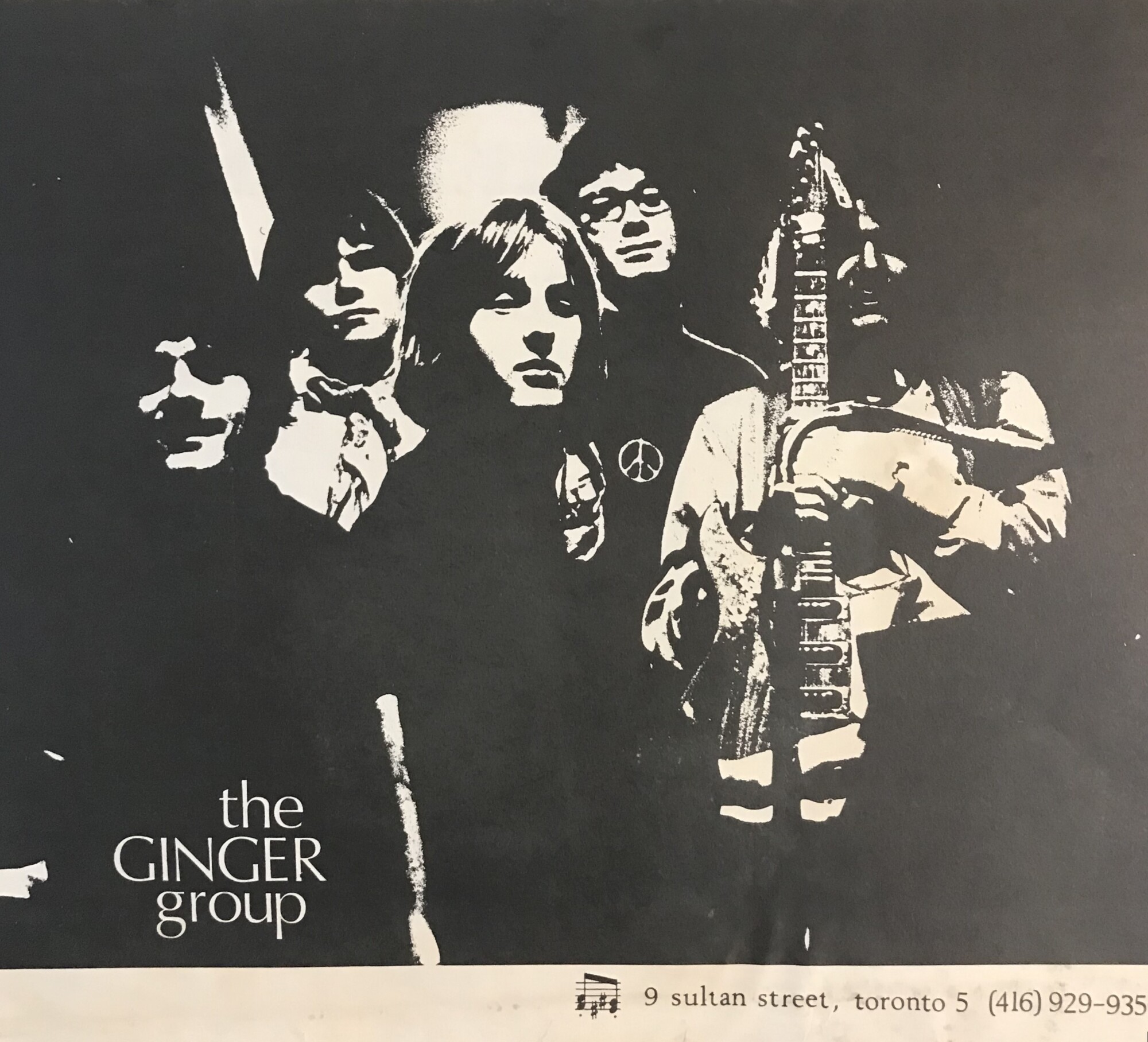
You sent me a very interesting track by Ginger Group from 1969. Did you record an acetate or where are these recordings from?
That was an interesting five piece…we played originals and a pretty eclectic group of covers. We cut a few songs as a demo and made a 45 of two of the songs, but it was never officially released.
In 1971 you got signed to Capitol Records Canada, how did that come about? Two folk-rock albums, ‘All The Right Noises’ and ‘Town Of Fergus’ followed. Would you like to share some words about them?
I was signed to Capitol records in 1971, as part of a major push to sign and record Canadian artists. We recorded it at Sound Canada in Toronto on a 1″ Ampex tape recorder and it was produced by my brother Greg Hambleton. We cut the bed tracks then added some strings and horns.
I wrote the string arrangements in one night and we used wonderful players from the Toronto Symphony. Sound Canada was a busy facility…they had a big room, a fantastic C3 Hammond, a set of orchestral bells and a celeste!!
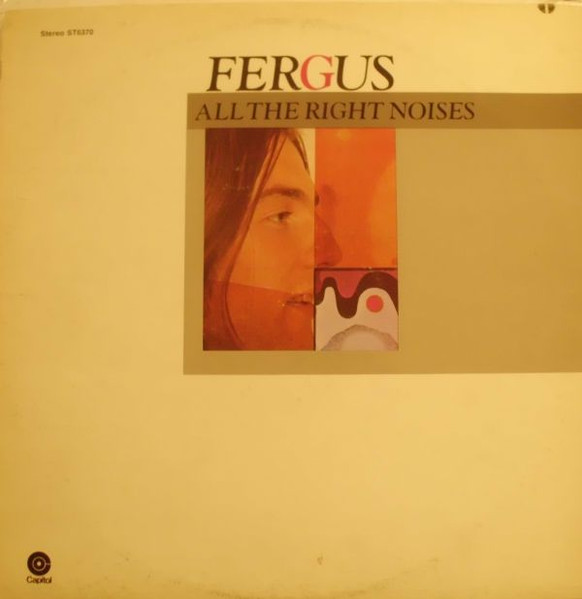
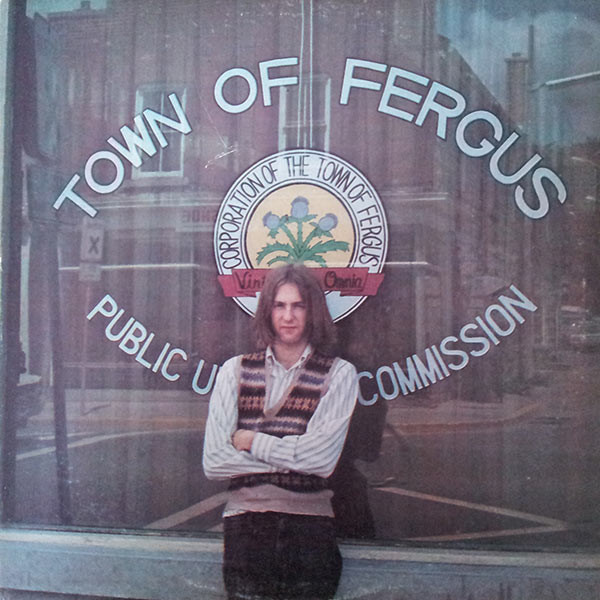
This album contained the earliest songs I wrote, some of which sound quite mature. I was of course influenced by The Beatles, but leaning towards folk rock sounds, as I loved Tim Harden James Taylor and Cat Stevens. I also attended University briefly as a clarinettist and learned as much as I could about orchestration and arranging.
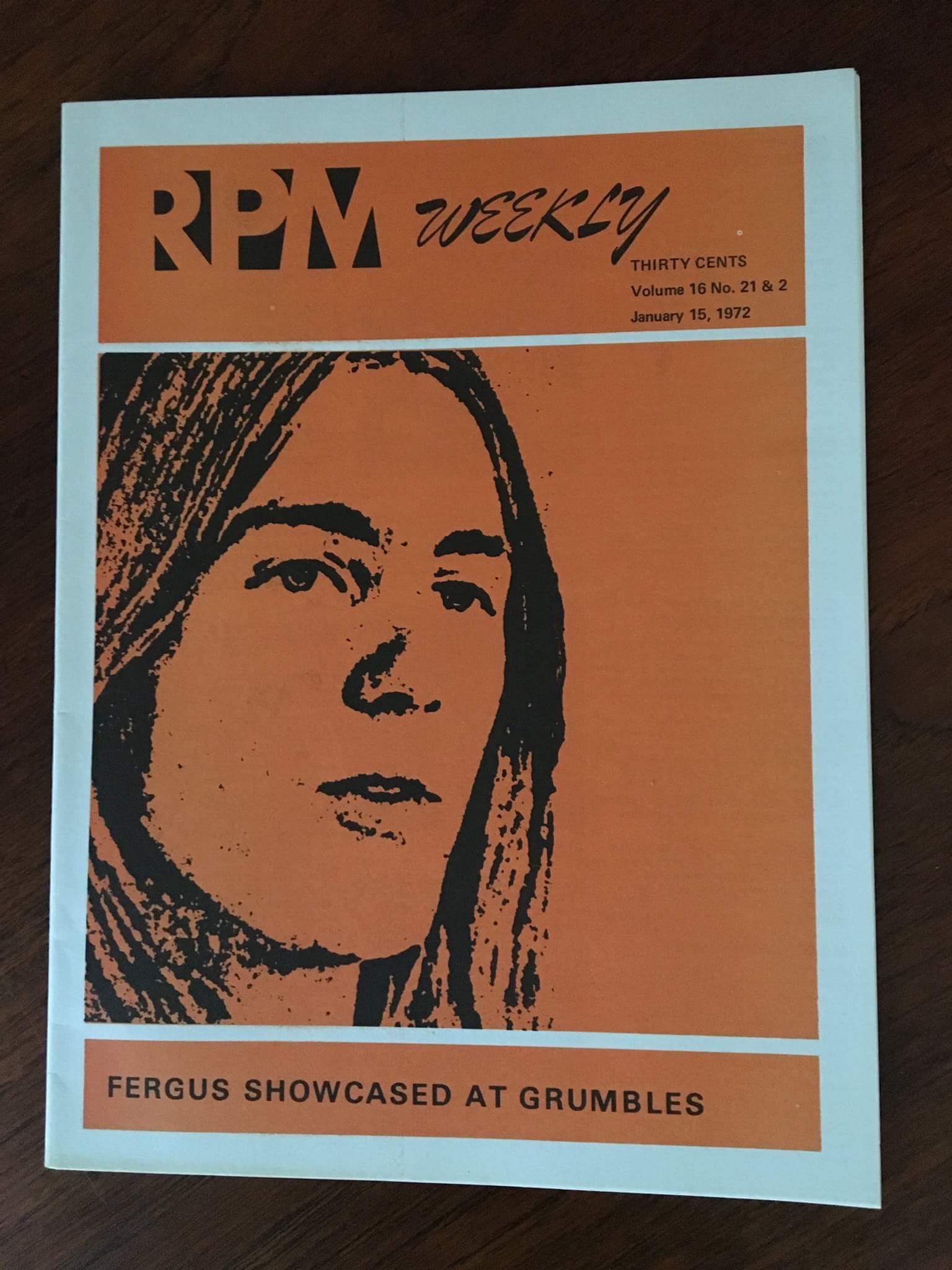
What about the 1975 release of ‘Fergusongs’?
I recorded two albums for Capitol Records in 1971 and 1972. After that I recorded another solo album called ‘Fergusongs’ which was released on Axe Records, an independent Canadian label run by my brother. I was heavily influenced by Cat Stevens, James Taylor, wrote my own string arrangements, and those albums are very much of their time, folk rock and a bit of psychedelia.
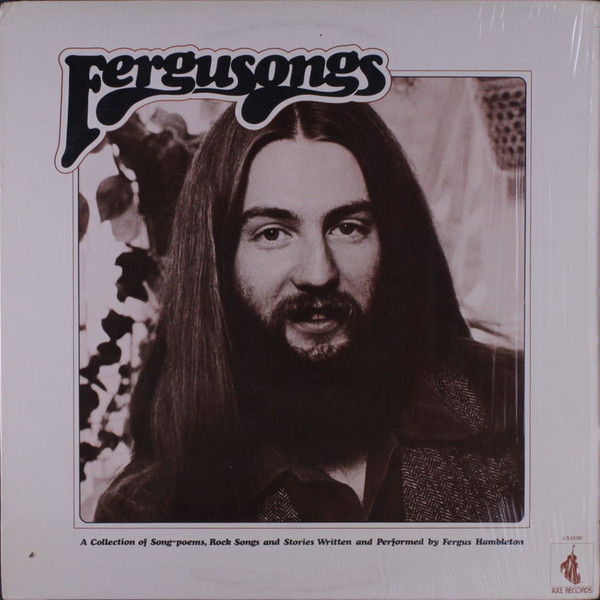
Around that time you had a band called Moonfood. What about The Basics? This was done with brothers Bob and Daniel Lanois. Did you ever manage to release anything? Did you play any shows?
There was a really great scene developing in Toronto in the early 70s, reflecting what was going on in the larger world, prog rock, punk, disco, metal, it all got lumped in together. At this time I was in a very progressive band called Moonfood. We played a crazy mixture of rock, jazz, Latin and reggae. And then formed a trio called the Basics and as the name implies we played a stripped down version of rock, with a lot of 50s and 60s influences.
We recorded 7 songs with the Lanois brothers at their studio in Hamilton. Very progressive sound, but it was never released.
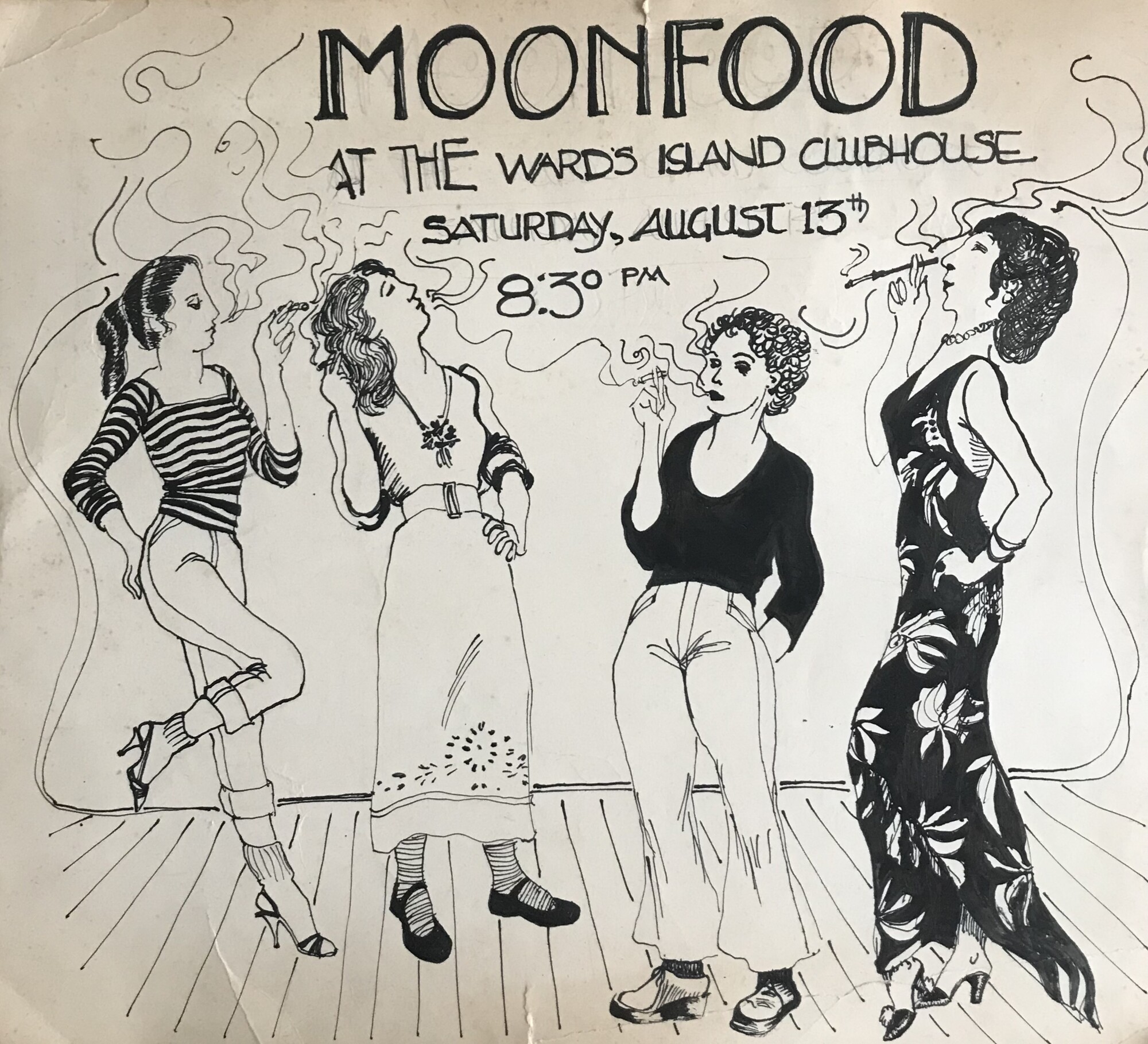
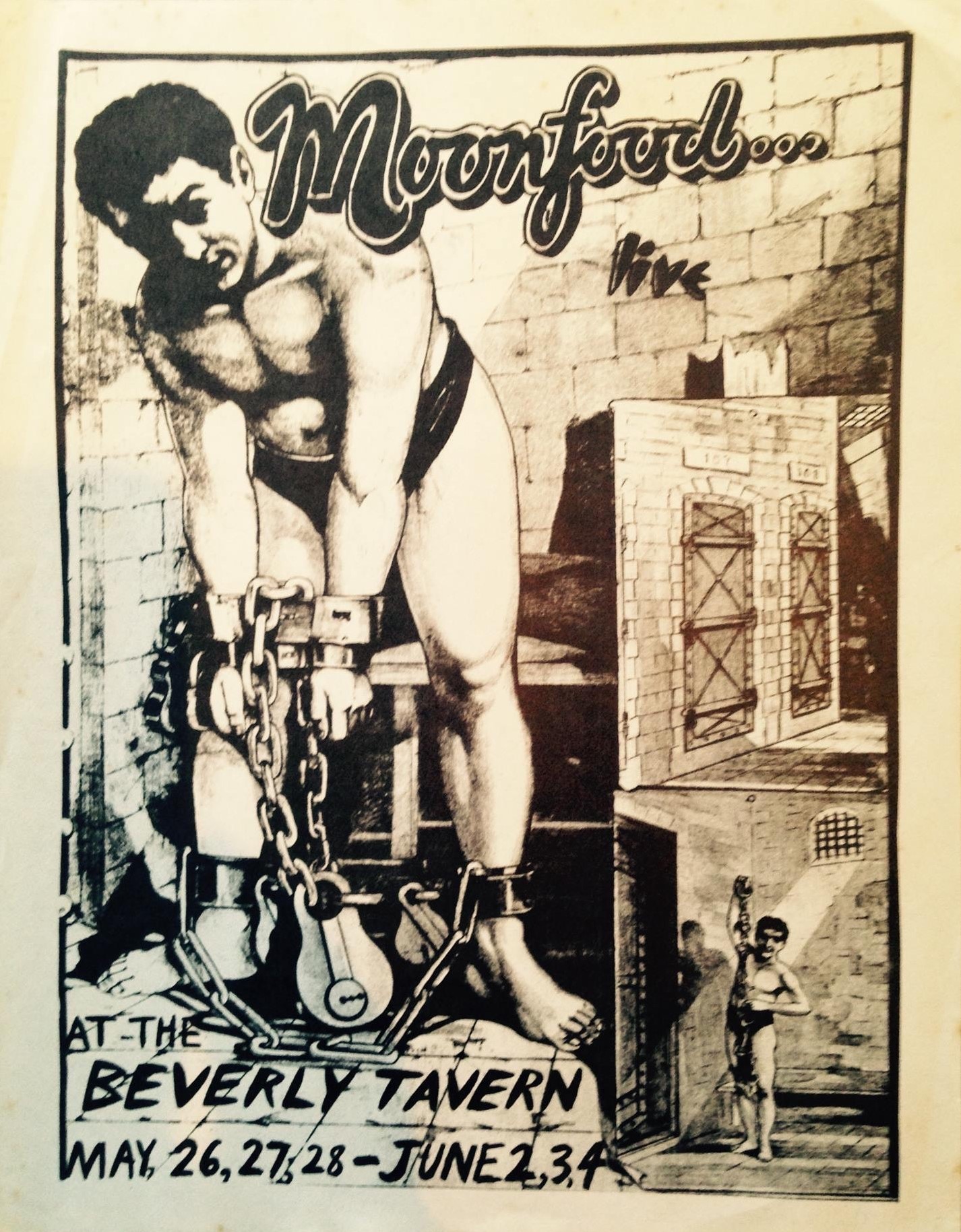
Would you like to share how you first started playing sax and who were some influences?
I first started playing sax in high school and quickly switched to clarinet. I was always in love with old jazz, like Fats Waller and Benny Goodwin. I played in a lot of different ensembles and because I was living in an area of Toronto that had a lot of reggae going on I started to do some sessions with some of the pioneers of reggae music. Leroy Sibbles was living in Canada at this time and I ended up joining his band playing guitar and sax…Joe Issacs, a great veteran Jamaican drummer wanted to start a band to play ska music and that’s how I met Jo Jo Bennett, and that’s how The Sattalites started. After that original lineup disbanded Jo Jo and I started a music school to teach reggae and jazz and the next version of The Sattalites was essentially the students from the school going out and playing their pieces. Gradually we started playing some clubs, then started recording some original songs.
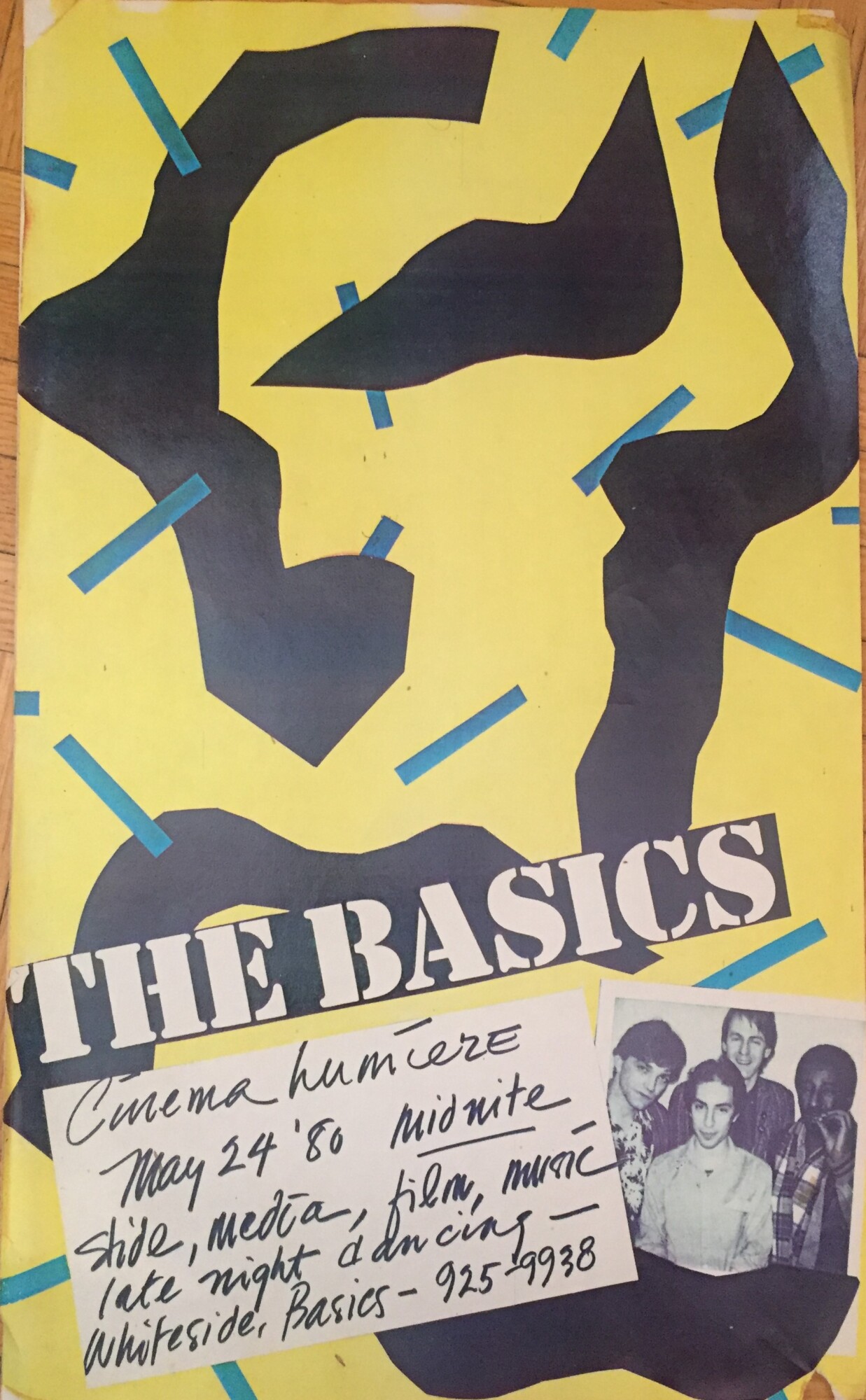
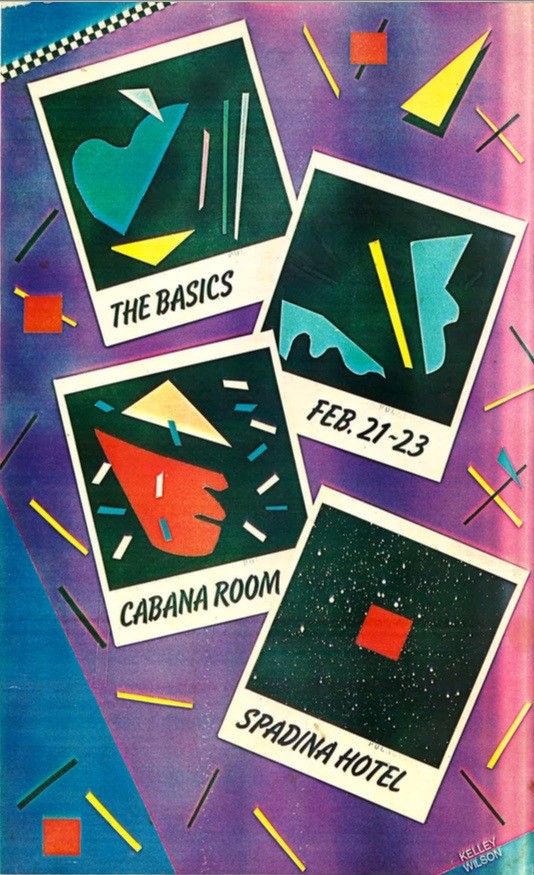
What led to your collaboration with Leroy Sibbles and Jo Jo Bennett?
I learned a lot playing with Leroy Sibbles, one of the foundation creators of reggae music and we did a lot of live gigs and sessions together. Around this time I was playing with other horn players backing up Jamaican artists when they came to Toronto. This is how I met Jo Jo Bennett a great Jamaican flugelhorn player and we began our partnership that lasted over 40 years. Originally the satellites began as a music school and we will take our students outPlay local restaurants in community centres as a kind of recital.
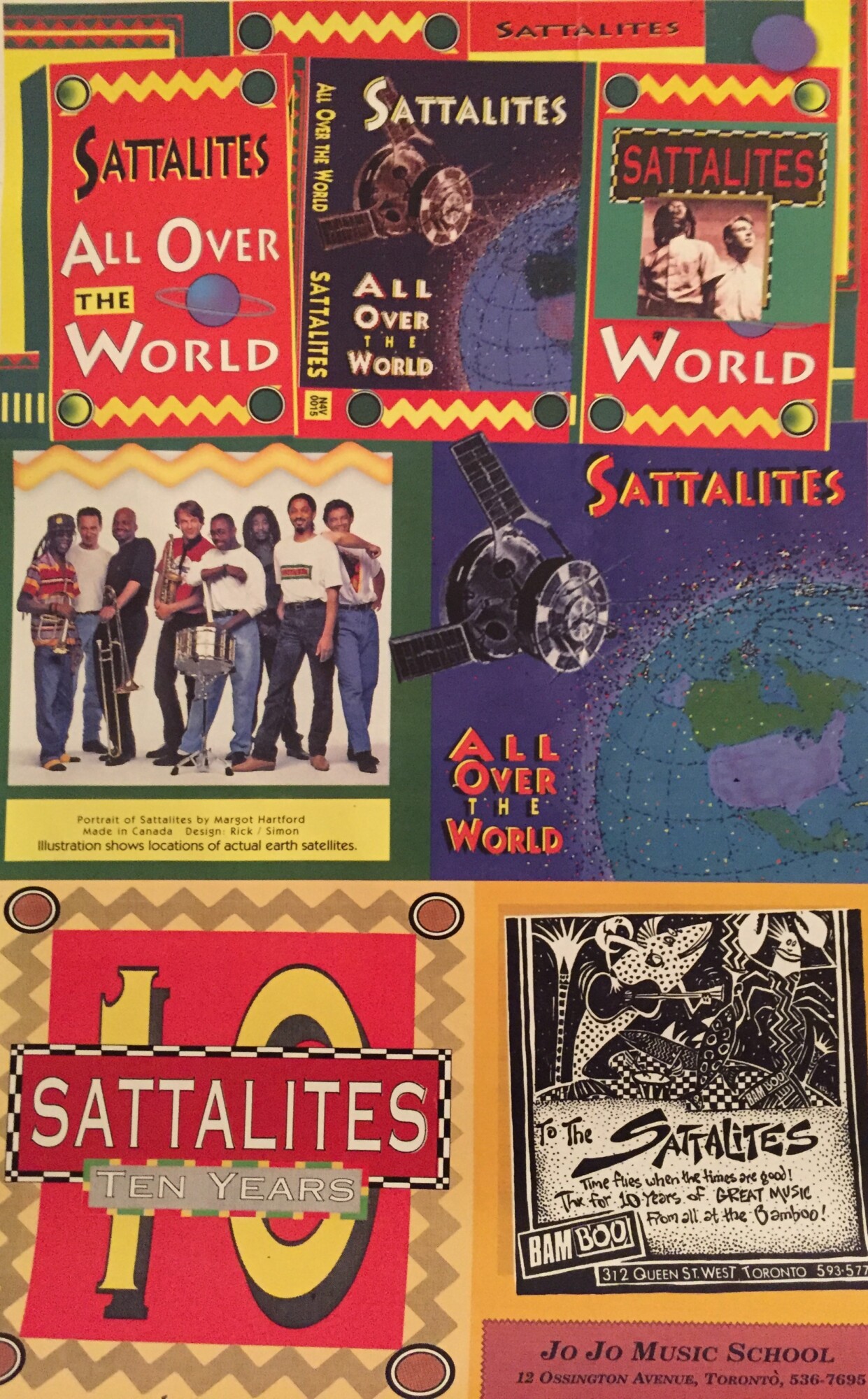
I would love it if you could elaborate on the beginning of The Sattalites and what followed.
Although we started primarily as a vehicle for the students to play in front of people, we very quickly tapped into the demand for reggae music that was starting to show up in society. We began by playing in restaurants and small clubs and gradually started playing for more people in larger clubs and the band started to become a more professional outfit. This was a very exciting time for music and Toronto. There were a lot of bands and a listening public that was ready to enjoy a lot of different kinds of music. At that time there was definitely a reggae scene with a number of bands and artists influencing each other. We managed to bring together a number of different kinds of music. My love of jazz and classical music helped In this context. We ended up recording six albums, winning a number of awards, and playing in front of thousands of people in Canada, the United States, and the Caribbean. We played original music covers of unusual songs and had a great time in the process.The bonds we formed playing live, and creating wonderful music I have lasted a lifetime.
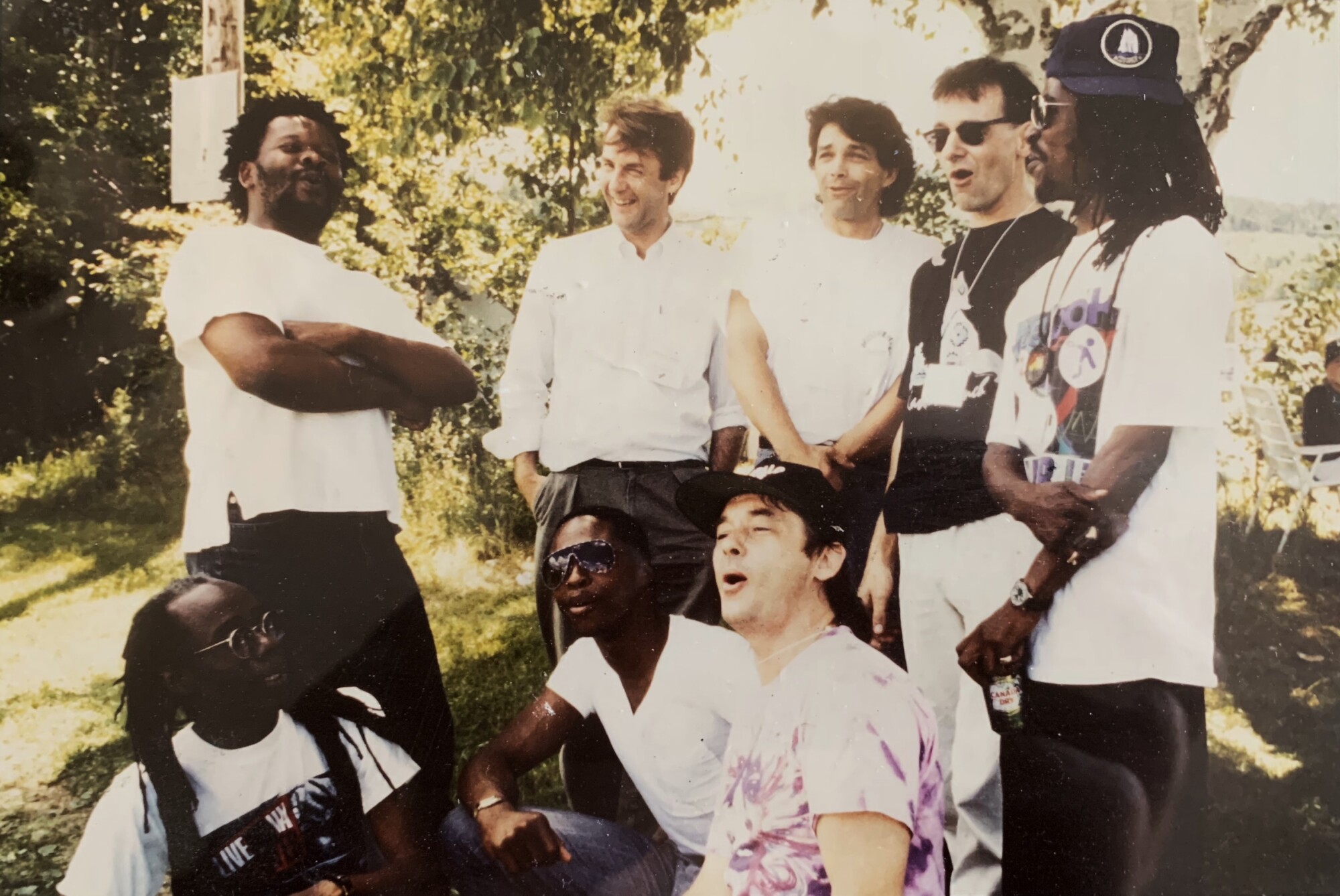
You never really left a solo career and released several albums including ‘Snapshots’ in 1998, ‘Playtime’ in 2009, ‘Written On The Wind’ in 2015, ‘Neigbourhoods’, and ‘Jazz Lover’s Society Vol. 2’… Tell us about these releases.
One of my main interests has always been songwriting, and I’ve written many songs in many different styles. I managed to release several solo albums over the years now, and have been privileged to work with a lot of amazing musicians and engineers. I have always had a love of arranging and was able to record many of my arrangements outside of the Reggae jono.
‘Snapshots’ is an album on which I was trying to create something beautiful and spiritual… It features many fine Toronto musicians. The next album ‘Playtime’ I recorded with one Mike in my basement! I played many of the instruments and wrote some beautiful arrangements. Written on the wind is basically an acoustic album recorded with George Koller and Gary Craig and was a little closer to the folk music style during the pandemic. I recorded a lot of music in a lot of different styles, many covered tunes, some country and some jazz. The neighbourhoods album I finished just before the pandemic started and I was really hoping to make a statement about the musical neighbourhoods that I have been in over the years. As a result there are rock songs, folk songs, jazz songs, a little classical arranging thrown in. Over the years I’ve played a lot of jazz music and I really wanted to make an album with some standards and some songs that I’ve written in that style. I’ve had an ensemble of musicians playing under the name Jazz Lover’s Society. It’s a revolving cast of musicians drawn from the wonderful pool of musical talent that exists in Toronto.
What are some of the most important players that influenced your own style and what in particular did they employ in their playing that you liked?
I often think I would be much further ahead if I hadn’t spent so much bloody time listening to Fats Waller…and Benny Goodman…and oh yeah…Elvis Presley, Fats Domino, Little Richard,…oh, and…Chuck Berry, Dodie Stevens, The Contours, Billy Eckstine, Freddie Cannon, Bobby Vee, Stan Freberg, Barry Mann, The Shirelles, Brook Benton, Martha Tilton, The Marvelettes, Tommy Edwards, The Champs, Janie Grant, Louis Armstrong, Edith Piaf, Gene McDaniels, The Ventures, The Beach Boys, The Dovells, Chubby Checker, Isham Jones, Peter Paul And Mary, Stan Getz, Antonio Carlos Jobim, Victor Borge, Thelonious Monk, Everly Brothers, Jimmy Rushing, Jackie Wilson, The Smothers Brothers, My Fair Lady, West Side Story, Oklahoma, Bob Newhart, Flanders And Swann, Kenneth Williams, Beyond The Fringe, not only…but also, Chicago Symphony, Bob Dylan, Franks Muir, Karl Leister, Frank Sinatra, Duke Ellington, The Beatles Tim Hardin, Eric Anderson, Tom Paxton, The Fugs, Phil Ochs, Ella Fitzgerald, John Lee Hooker, The Animals, The Searchers, Donovan, The Yardbirds, Gerry And The Pacemakers, The Hollies, The Sparrow, Simon & Garfunkel, John Mayall & the Bluesbreakers, Lovin’ Spoonful, The Youngbloods, The Young Rascals, The Paul Butterfield Blues Band, The Kinks, Mamas And The Papas, Charlie Christian,…and what about…Kensington Market, The Paupers, Mandala, Birth Of The Cool, The Last Words, Mothers Of Invention, Spanky And Our Gang, The Rolling Stones, Jefferson Airplane, Buffalo Springfield, The Persuasions, Love, The Byrds, Berlin Philharmonic, Mary Hopkin, Jimmy Cliff, Fairport Convention, MC5, Stealers Wheel, Yes, Return To Forever, Pentangle, Poco, Bunny Wailer, Linda Rondstat, The Eagles , Bob Marley, Roxy Music, Brian Eno, Steely Dan, The Mighty Diamonds, Heptones, Buzzcocks, Black ,Charlie Christian, Gregory Isaacs, Vern Gosdin, Amazing Blondel, Maxi Priest, Alan Lomax, KLF …
Looking back, what was the highlight of your time in the band? Which songs are you most proud of? Where and when was your most memorable gig?
When we talk about highlights I would like to emphasize that the greatest joys I have had playing music and being the wonderful musicians and people that I’ve met along the way. And there is nothing better than being part of an ensemble and creating something together. Jo Jo taught me many things about music in life, indeed I rarely have met anyone so completely dedicated to music and all its forms. That being said it was a thrill to perform in Jamaica, especially the 100th year anniversary of the Alpha Boys School in Kingston. A night I shall never forget at the Carib Theatre in Kingston.
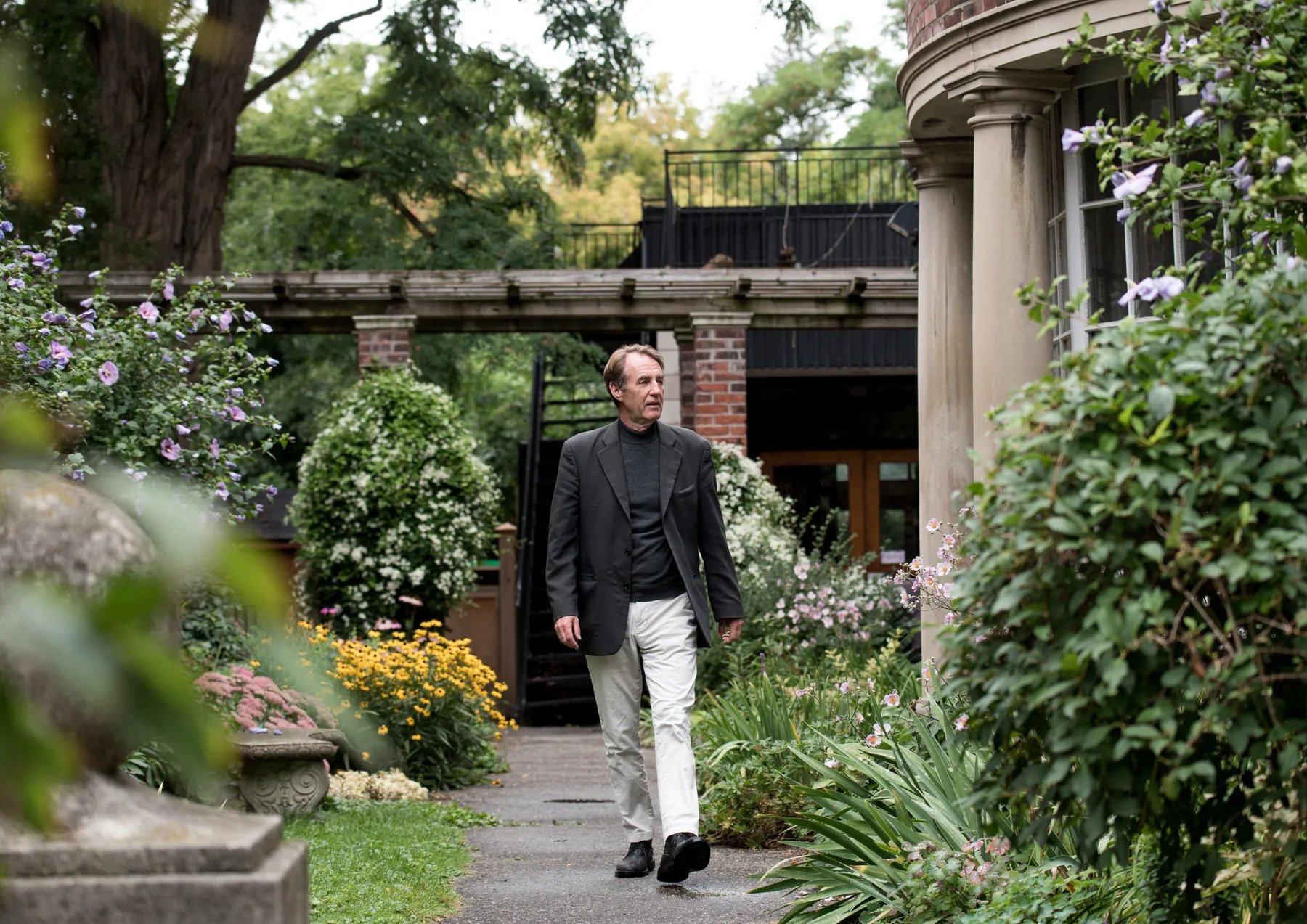
“I have a lot of unreleased material”
Is there any unreleased material from your bands and projects?
I have a lot of unreleased material, mostly because it’s hard to know what to do with music these days. Although there is some interest in vinyl and apparently cassettes. Most people consume music without a physical copy. My hope is to eventually have all the music that is worthwhile up in a digital format.
What makes a good song? What’s your creative process like?
There are so many different kinds of songs and I’m not sure that one could really offer up a simple definition. In popular songs one of the most important elements is communication. It could be the lyric, the music or some combination that allows the listener to fully experience a piece of music. And of course every listener brings their own subjective experiences and taste. I often write a song without an instrument, just building it in my head. Other songs I write on guitar or piano…no shortage of melodies, but the lyrics always take some time.
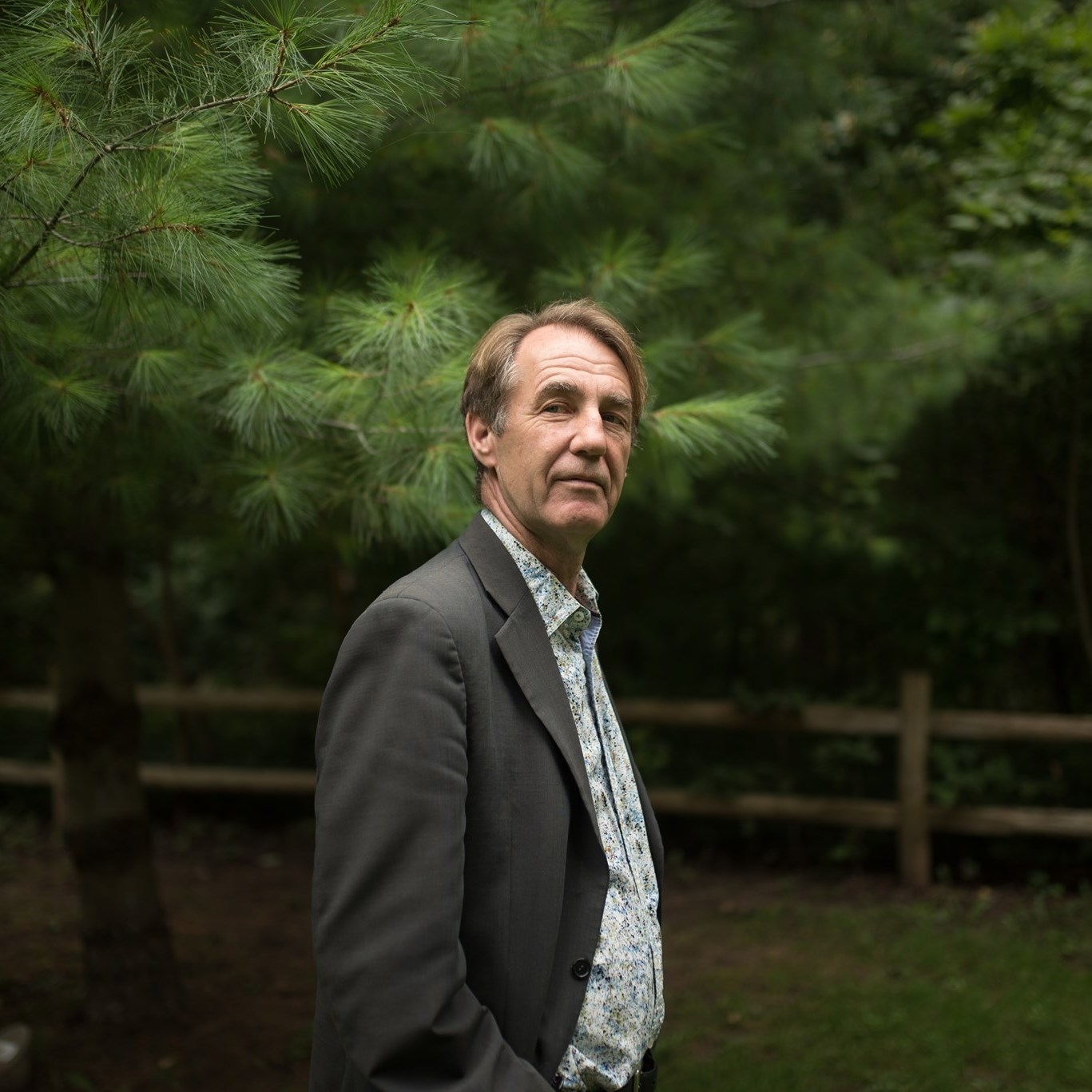
Thank you for taking your time. Last word is yours.
I have always wanted to make beautiful things and this of course applies to music as well. I definitely embraced amplified music, distortion, feedback and I enjoyed a lot of the more far out aspects of psychedelic music in the 60s. I welcomed the fact that rock music was absorbing influences from all different kinds of music and I definitely try to reflect that in my own music. I also have a deep love for acoustic instruments and as my career has moved along I became more and more interested in arranging for these instruments and taking advantage of the unique acoustical properties that Reason students have. I find that more and more I reach into the incredible history of music in the world for inspiration and to find the connection to the music of the past and hopefully the music of the future.
Klemen Breznikar
Headline photo: Fergus Hambleton promotional photo | Capitol Records (1972)
Fergus Hambleton Official Website / Facebook / Instagram / YouTube

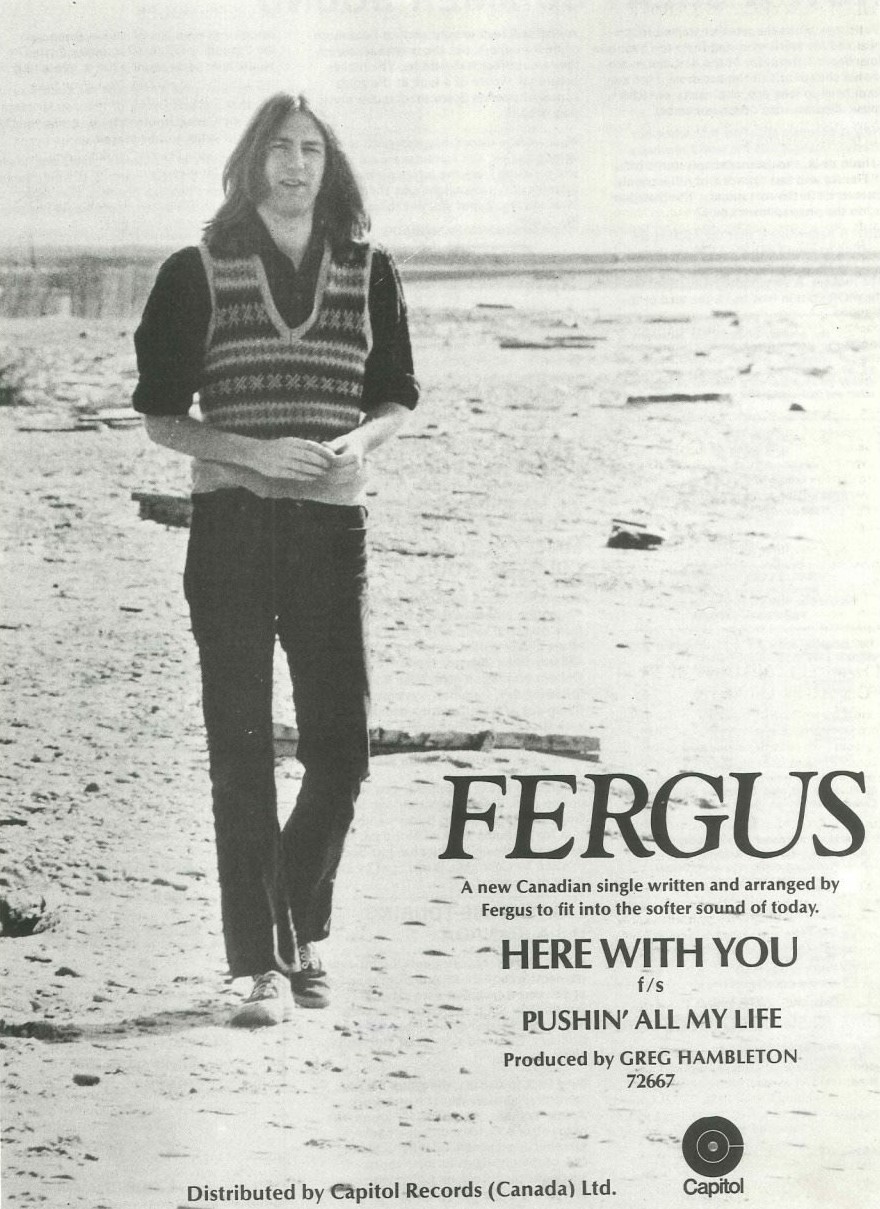
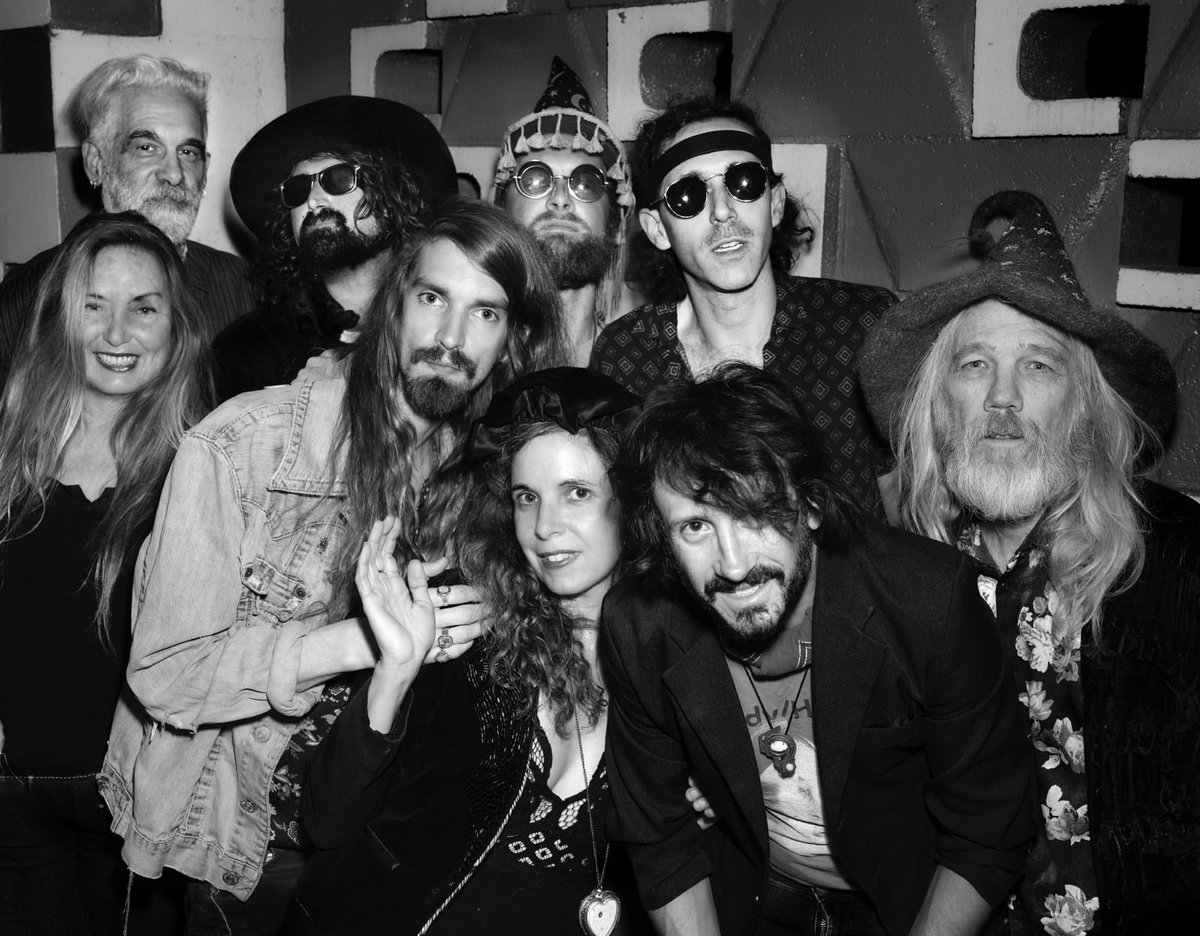
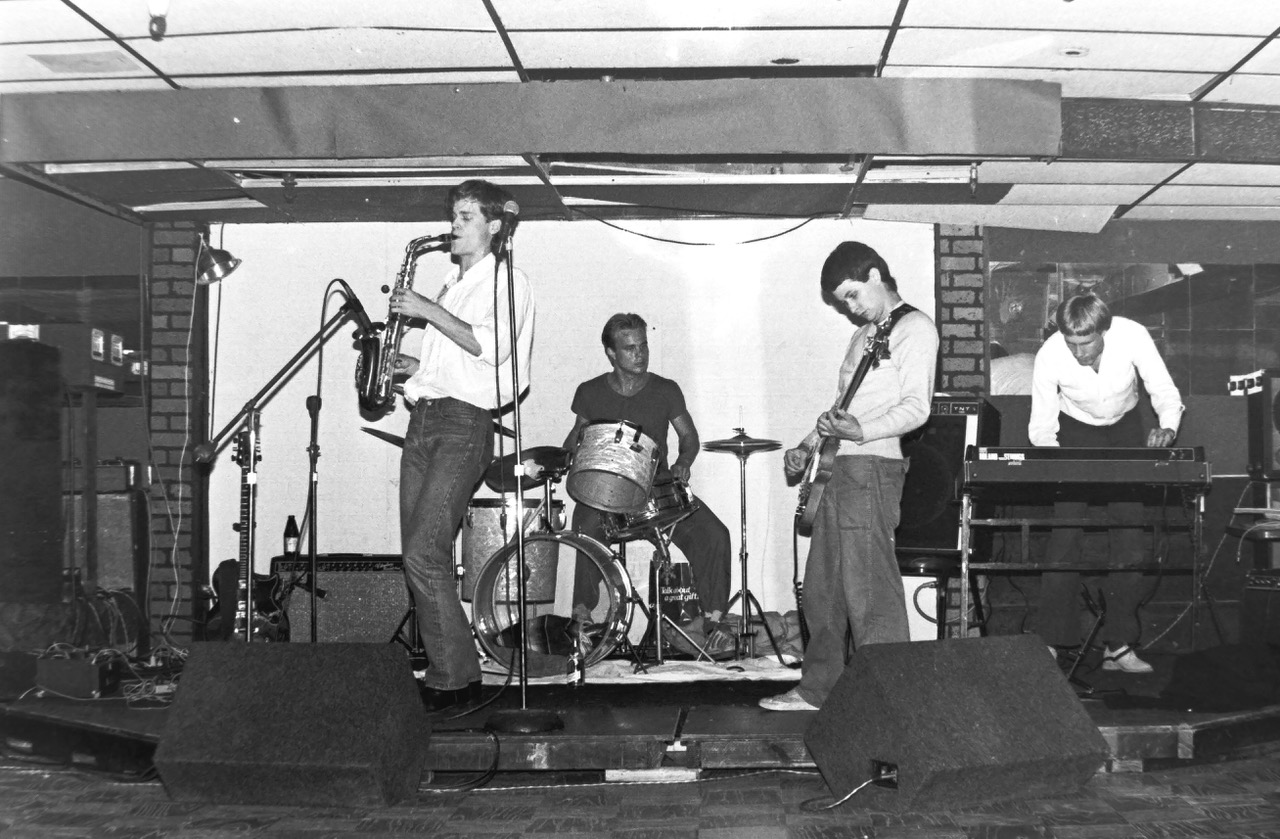
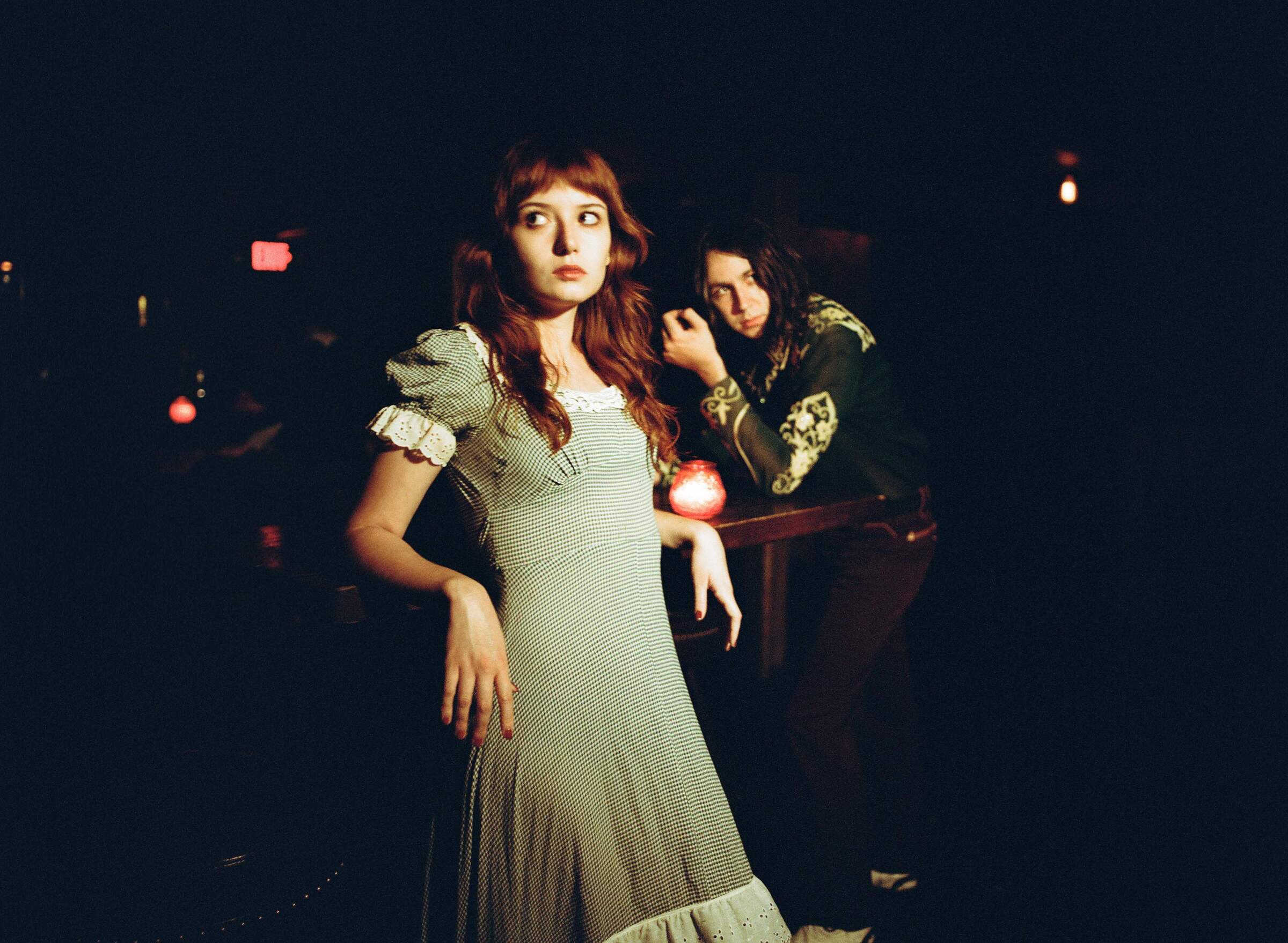
Thanks for the unknown.